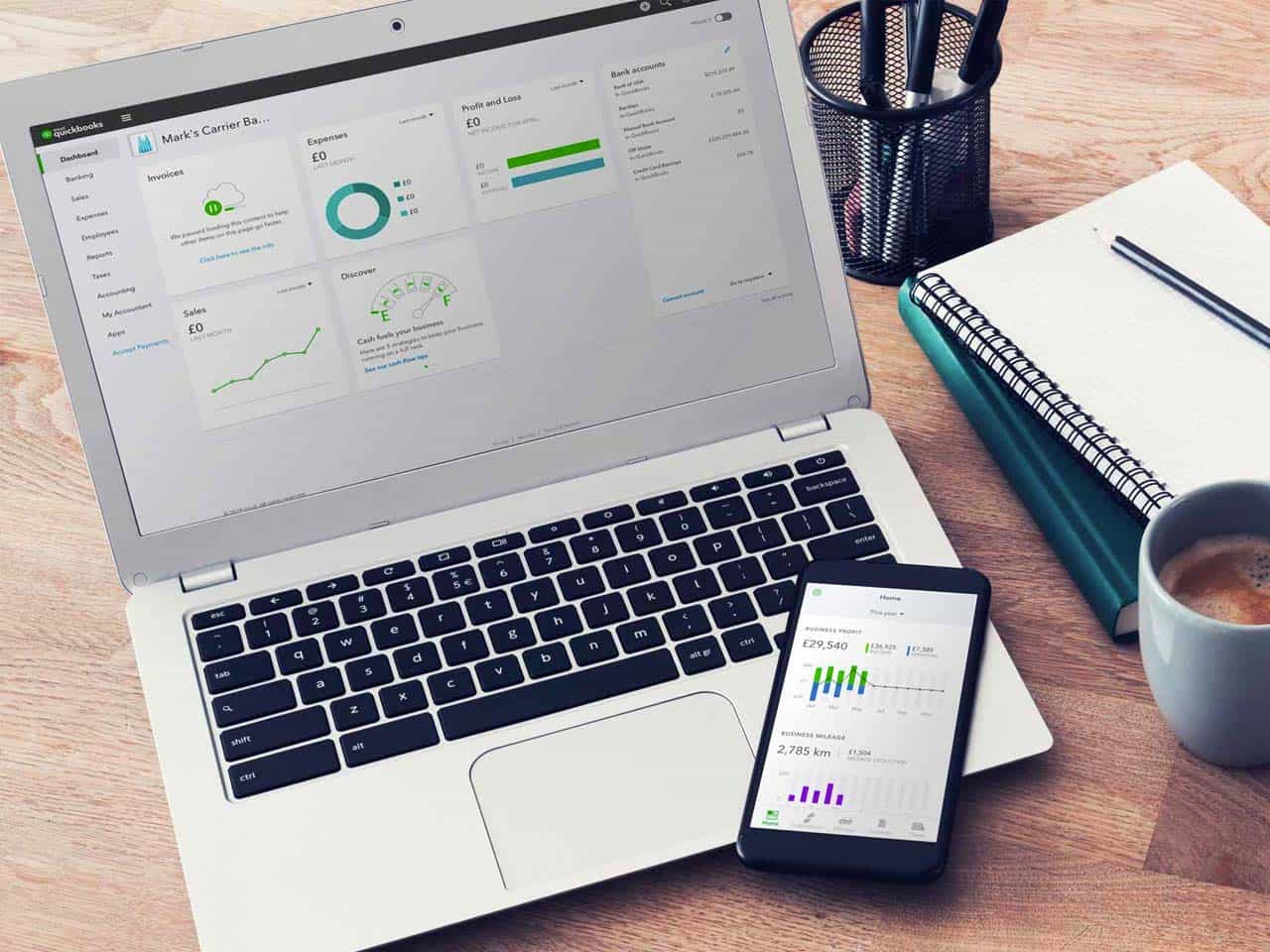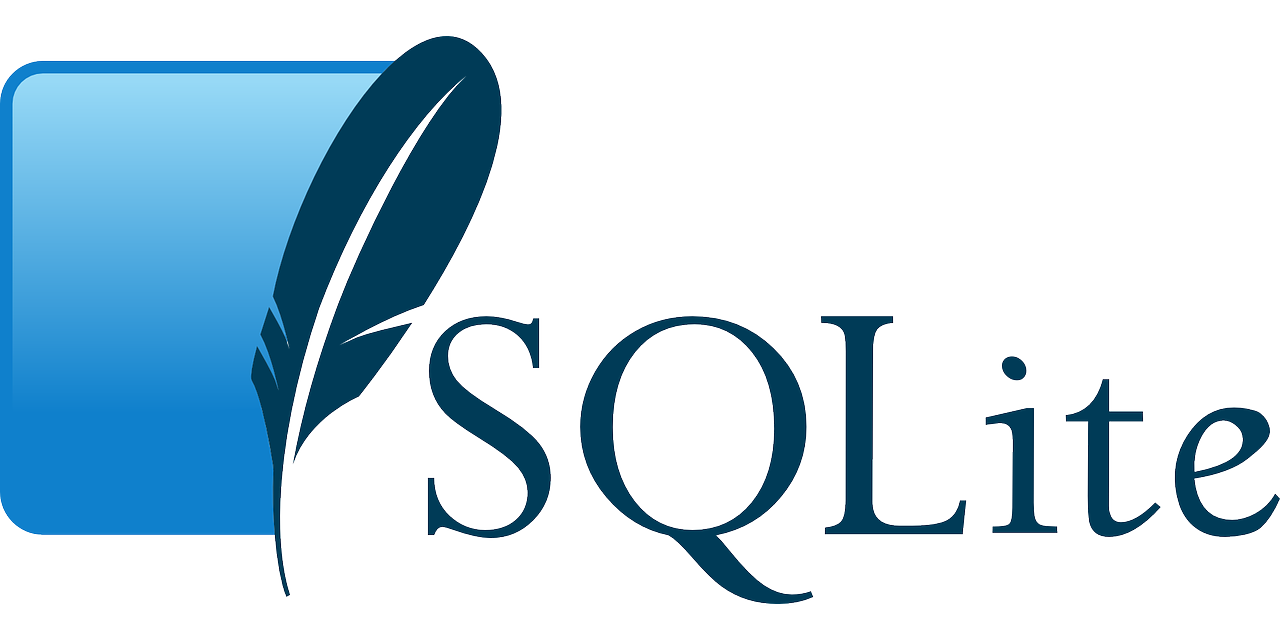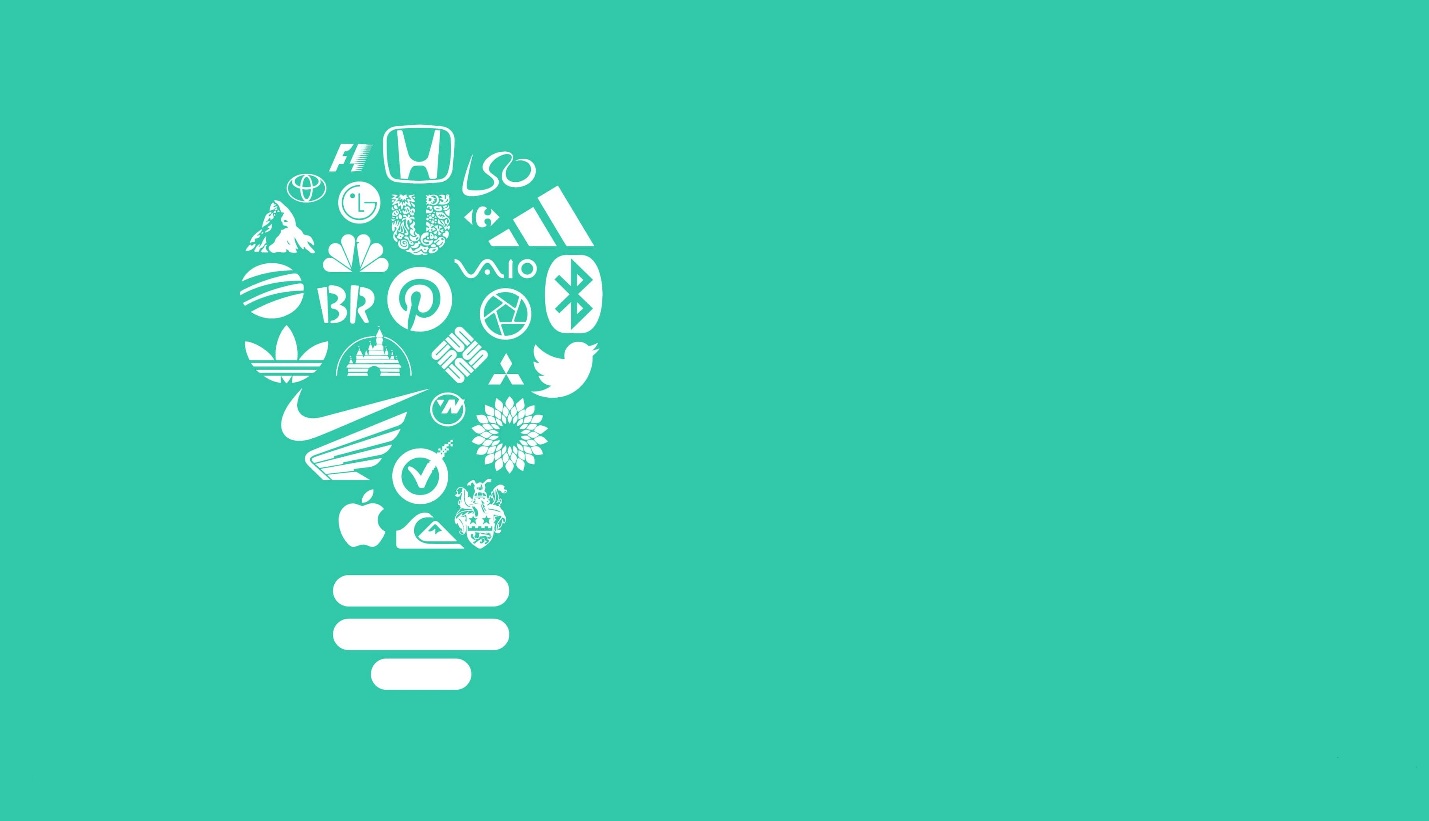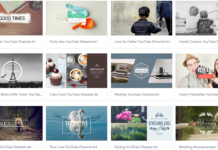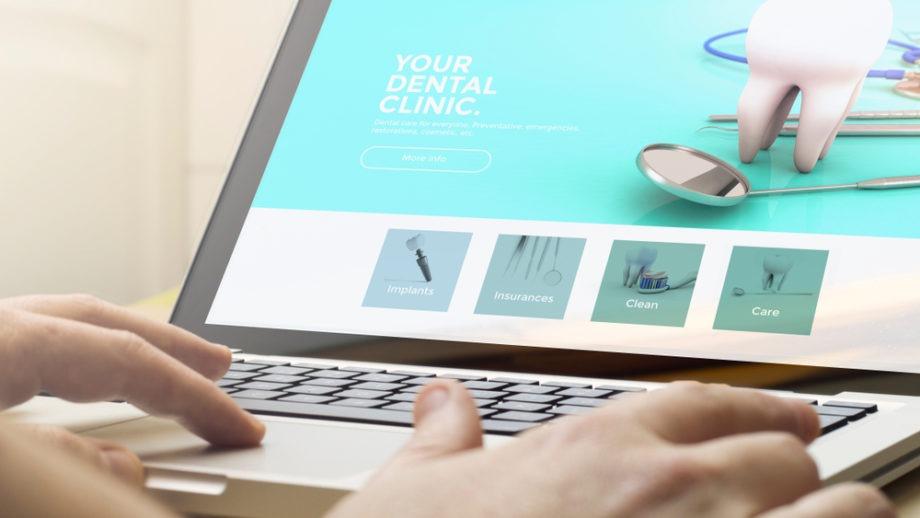Software as a service (SaaS) has been a popular business model throughout the years due to its convenience. Cloud-based apps that consumers can use for a monthly or yearly charge are known as SaaS tools. They’ve become the ideal answer for many companies, especially those with internationally spread staff because they’re meant to help them save time and money.
You’ve come to the right place if you want to learn more about SaaS software and its development. This post was created to provide you with a better understanding of the SaaS ecosystem and to assist you in moving from theory to practice.
Is SaaS Development a Good Idea in 2021?
SaaS relieves businesses of the burden of developing and maintaining their own apps. Businesses can concentrate on developing SaaS goods for other businesses. In other cases, an organization develops a system to meet its own purposes and then sells it to the general public as an income stream.
According to the State of the SaaS-Powered Workplace report from BetterCloud, 80 percent of apps will be SaaS by 2022. Furthermore, according to the research, SaaS products would target unique demands and niche markets. The following factors will fuel the rise of SaaS application development company.
Companies can receive the tools they need without having to design their own software when they use SaaS. Organizations merely need to tailor the items to their specific requirements. SaaS suppliers should, as a rule, provide timely support, updates, and maintenance.
According to Finances Online statistics, 44% of SaaS vendors provide a free trial. Users can test the functionalities of a system before making a commitment. As a result, they will be able to make an informed selection when selecting a provider. Meanwhile, suppliers can rely on a consistent revenue stream because most SaaS solutions are offered for a one-time license price or a monthly subscription fee.
Is SaaS Application Development a Challenging Venture?
The construction of a SaaS platform entails a number of technological considerations. Here’s what you may anticipate:
Single-Tenancy or Multi-Tenancy
You’ll need to comprehend concepts like single-tenancy and multi-tenancy if you want to study the fundamentals of SaaS. Tenants are the businesses that the SaaS provider caters to.
The developer generates separate databases and instances for each tenant in a single-tenant architecture. This construction can also be converted into a multi-tenant structure, which is less expensive to build and maintain.
The cloud-based application in a multi-tenant architecture includes numerous instances that are shared among multiple tenants. One benefit of this SaaS model is that it significantly reduces costs associated with upgrades and server fees. Furthermore, the same coding is used by several renters.
Security
Clients of SaaS services expect their data to be kept secure and confidential. Developers may make good on that promise by using cloud technologies like AWS. The personal information of each tenant is kept separate. Furthermore, each client has a unique identification that allows them to have exclusive access to their data. The data can be kept on the same or distinct servers, depending on scalability requirements. Nonetheless, no user information will be mixed up.
Access to Features
You’ll need to be able to handle different feature sets if you want to offer different pricing options for your SaaS solution. Depending on the license or package choice selected, customers can activate additional solutions in this way. Furthermore, if a feature isn’t included in a particular package, it should be disabled.
Regular Updates
Clients want SaaS providers to deliver quick updates that avoid data breaches since fraudsters work hard to improve their game. Meanwhile, the upgrades should not interfere with the user’s current actions or the acquired data. Adobe Photoshop is one such example. Previously, users had to utilize a CD to install the product.
They’d have to buy a disk holding the newer version and re-install the program if they wished to upgrade. Adobe now uses a subscription model, which allows the corporation to keep the program’s pricing low. Clients can also acquire the updates or upgrades they require via the internet.
Application Programming Interface (API) Integration
When hosting a cloud platform, you must give value by allowing integration with other corporate applications such as SharePoint, Salesforce, and Oracle. Companies frequently resist migrating their old database to their SaaS provider’s cloud for security reasons.
You can increase the functionality of your product and give it a competitive edge by integrating APIs. According to the State of API Integration research from Cloud Elements, 60 percent of suppliers feel API integration has an impact on client upgrades and renewals.
Multiple Payment Options
You’ll also need to figure out how you’ll take payments. The majority of SaaS systems and apps are available on a subscription basis. Clients are anticipating a free trial period during which they will be able to test the capabilities and become familiar with the system.
You can also provide a freemium version that includes all of the user’s fundamental necessities. They can upgrade to a paid, premium plan if they want access to more advanced features.
What’s Involved in SaaS Software Development?
If you’re an app developer, the first thing you should do is define your SaaS product’s key value proposition. The first phase of cloud-based software development entails market research, competitive analysis, and client demographic analysis.
Throughout the process, you’ll come across critical elements that either support or refute your business premise. Furthermore, you will be able to determine whether there is a genuine demand for the product you wish to sell. You will waste money designing useless software if you do not validate this information. As a result, never skip the research step while creating a SaaS application.
Identify the problem that your SaaS tool will tackle during the Minimum Viable Product (MVP) phase or research stage. You’ll find the crucial components to concentrate on as you go through the procedure. Here are a few questions to think about:
Choosing the Right Tech Stack for SaaS Development
When it comes to selecting the ideal tech stack for SaaS development, you will be spoiled for choice. To create the ideal application for your market’s demands, you’ll need tools. You must also guarantee that the technology you use is capable of assisting you in understanding how to produce the product. As a result, it’s critical to analyze the available tools’ mix of libraries, languages, and frameworks.
In Conclusion
If you want to build a SaaS app, you’ll need a set of production values that is both unambiguous and proven. You don’t want to waste your time and money on a tool that isn’t going to be useful in the market. As an app developer, your goal is to give effective answers to your client’s problems.








